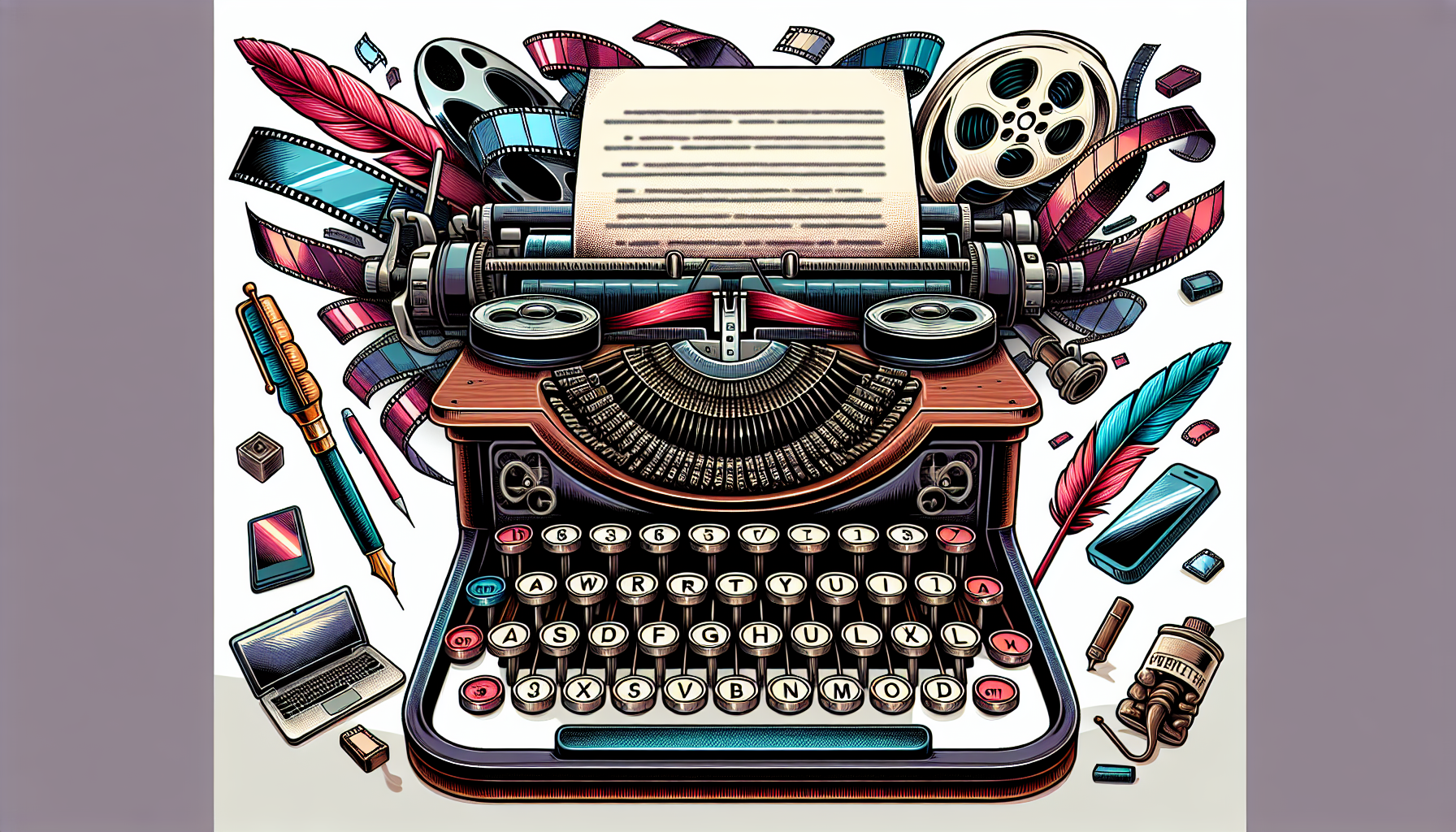- Home
- Screenwriting
- Scriptwriting Secrets: Crafting Irresistible Stories for Hollywood

The Art of Scriptwriting: Unveiling Hollywood’s Storytelling Mastery
Scriptwriting, the backbone of any cinematic masterpiece, emerges as both an art and a science when it comes to crafting stories that captivate audiences worldwide. Hollywood, with its long history of blockbuster hits and heart-wrenching dramas, has often been the breeding ground for innovative storytelling techniques. Aspiring screenwriters and seasoned professionals alike continue to explore the depths of narrative structure, character development, and thematic richness in the quest to pen the next big screenplay. Understanding the secrets behind successful Hollywood scripts can unlock the potential of any story, making it not only marketable but also unforgettable.
Start with a Solid Structure
One of the foundational elements of a compelling script is its structure. Hollywood relies heavily on the three-act structure: the setup, confrontation, and resolution. This timeless framework creates a satisfying narrative arc that guides the audience through the story’s evolution. However, the magic lies in how writers innovate within this structure. Introducing unexpected plot twists, weaving intricate subplots, and employing non-linear storytelling are techniques that add depth and intrigue to the classic arc. Understanding and mastering structure allows writers to craft stories that feel both familiar and fresh to audiences.
Creating Memorable Characters
Characters are the heart and soul of any script. Hollywood’s most unforgettable stories are driven by equally unforgettable characters. Crafting a compelling character involves more than just defining their role within the story; it requires delving into their desires, fears, flaws, and contradictions. Characters that feel real and relatable are those that undergo significant personal growth, face moral dilemmas, or embody universal themes. Additionally, dynamic interactions between characters can elevate the script, providing the emotional depth and complexity that audiences crave.
The Power of Dialogue
Dialogue serves as the voice of the script, breathing life into characters and propelling the story forward. Crafting dialogue that is authentic, engaging, and reveals character is a delicate balance. Hollywood’s best scripts feature dialogue that sounds natural yet is carefully constructed to convey subtext and advance the plot. The secret lies in understanding each character’s voice and how it reflects their background, personality, and current situation. Sharp, witty, and memorable lines can resonate with audiences long after they leave the theater, making dialogue a powerful tool in the screenwriter’s arsenal.
Embrace Universal Themes with a Unique Twist
Themes give scripts depth and meaning, resonating with audiences on a personal and universal level. Hollywood stories often explore themes of love, redemption, courage, and the human condition. The challenge for screenwriters is to present these universal themes in new and intriguing ways. By embedding a theme within the unique world of the story and exploring it through the lens of distinct characters and situations, writers can create scripts that are both impactful and original. Tying the theme to the protagonist’s journey ensures that the narrative remains cohesive and emotionally engaging.
Polish and Persevere
Writing a script that meets Hollywood’s standards requires patience, persistence, and relentless refinement. The first draft is rarely perfect; it’s through the process of rewriting, receiving feedback, and more rewriting that a script begins to shine. Industry professionals advise aspiring screenwriters to be open to criticism, willing to kill their darlings, and persistent in honing their craft. It’s this dedication to excellence that transforms good scripts into great ones, propelling them from the page to the big screen.
As the cinematic landscape continues to evolve, so too does the art of scriptwriting. However, the secrets to crafting irresistible stories for Hollywood remain rooted in understanding and innovating on the core principles of structure, character, dialogue, theme, and perseverance. With these tools in hand, writers can aspire not only to captivate audiences but also to leave an enduring mark on the world of storytelling.
The Best AI Screenwriting Software!





